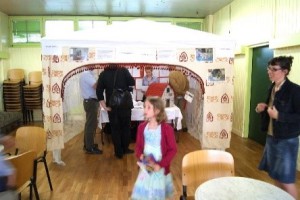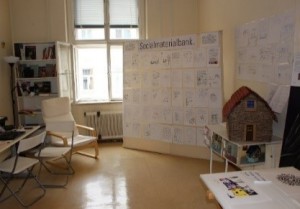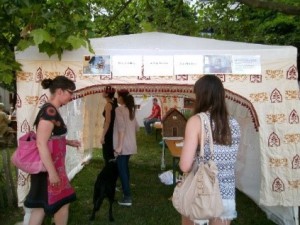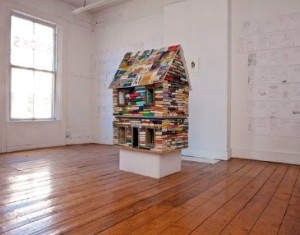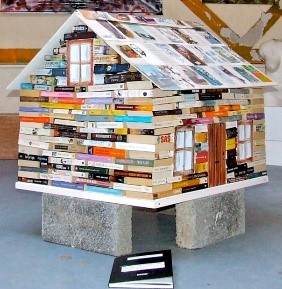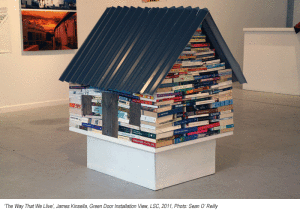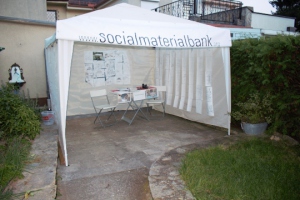Socialmaterialbank Project (Ongoing since 2010.)
|
The Socialmaterialbank www.socialmaterialbank.org The Socialmaterialbank Project – A participatory event. The Socialmaterialbank is a participatory project where we invite the public through art and community events to document and share their thoughts and ideas on critical world issues. We present their responses on our digital platform the Socialmaterialbank. We identify and map the issues that are of immediate concern to our urban communities, through talks, lectures and events. We believe there is an urgent need to respond to rapid population growth and increased human activity that’s changing the world as we know it. The ultimate aim of the project is to create a sense-communicative digital art platform, a space where we can negotiate, value and share intuitively, each other’s positions on a digital ‘commons’. These participatory actions have the possibility to contribute to a collaborative and participatory behaviour within our communities – one small step to an alternative governance.[1] The responses and collective instructions are made available to everyone including the creators, designers and directors of our society. We would like this platform to be seen as and to be available as a tool, in a possible future post neo-liberal, collaborative, participatory, commons oriented society. The project is based in Austria and eventually the EU capitals and worldwide. Some Images of events below. Pflanzentauschmarkt 2012/ Open Studios dasweissehaus2014/ SchöpfWerkFest2013 We have observed from the over 2000 responses collected in galleries and art spaces that people engage more willingly and give more genuine and sincere responses, through art events. I believe that through art we can make the world a better and more tolerable place by inviting the public to collaborate, participate and re-establish a community oriented behaviour. By adding to that movement of reclaiming and utilising our parks, squares and streets as meeting places, trade venues and greeting spaces, we can steer the public in the direction of the commons and commoning. Through participatory art practice, community activism and other interventions we can probe and question our political models and provide the seeds and behavioural foundations for alternative governance.[3] During the events especially in non-art spaces we produce ‘physical’ art works or workshop activities to emphasize that it’s an art event. Here are examples of sculptures that represent local living spaces for the house/home question. Questions/Issues We have identified three critical issues and are exploring others. Question 1: Could you please share your concept, idea and or dream of house/home? Question 2: What are your thoughts, ideas and or definition of democracy? Question 3: What concerns and issues do you have in relation to gender? All responses are recorded on the Socialmaterialbank. New Socialmaterialbank Pop Up Gallery, 2014. We would like the Socialmaterialbank to be perceived as an art institution, free of hegemonic, political and other interferences and having a very definite image and role. We intend to invite renowned figures of world stature to participate in the governance of this organisation when it is fully established. BIBLIOGRAPHY Bourriaud, Nicolas. Relational Aesthetics Bishop, Clare. 2012. Artificial Hells: Participatory Art and the Politics of Spectatorship. Carter, Paul, (2002), In Repressed Spaces, he explores the psychology, phenomenology and poetics of a sustainable urbanism. Deboard, Guy, (1967).The Society of the Spectacle. Draganovic Julia, Szynwelska Anna, Budak Adam. This Troublesome, Uncomfortable and Questionable RELEVANCE of Art in Public Space, 2013. Laznia Centre for Contemporary Art. Gdansk. Gilligan, Melanie. Affect & Exchange. Published in Intangible Economies (Antonia Hirsch ed., Fillip Editions, (2012). Kester, Grant. Advocacy of Artists and Art Collectives. Kester, Grant. Collaborative Art and the Limits of Criticism, 2013.Create News, Dublin. Lacy, Suzanne. 1995. Mapping the Terrain. Lippard, Lucy. 1997. The Lure of the Local. Walwin, Jeni. (Ed.) (2007) Searching for Arts Newpublics. Websites http://www.oikodrom.org/oikodrom-projects-list http://spiritstorelimerick.weebly.com/what-is-social-practice.html http://politicalcritique.org/opinion/2014/culture-with-people-not-for-people/ James P Kinsella RESPONSES 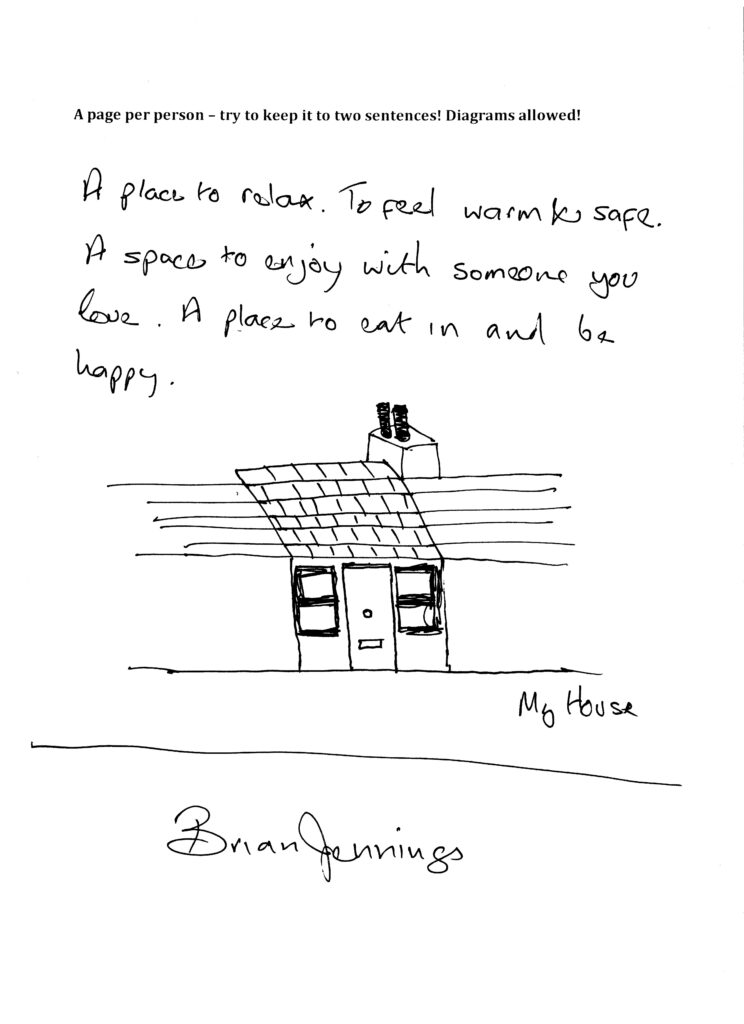 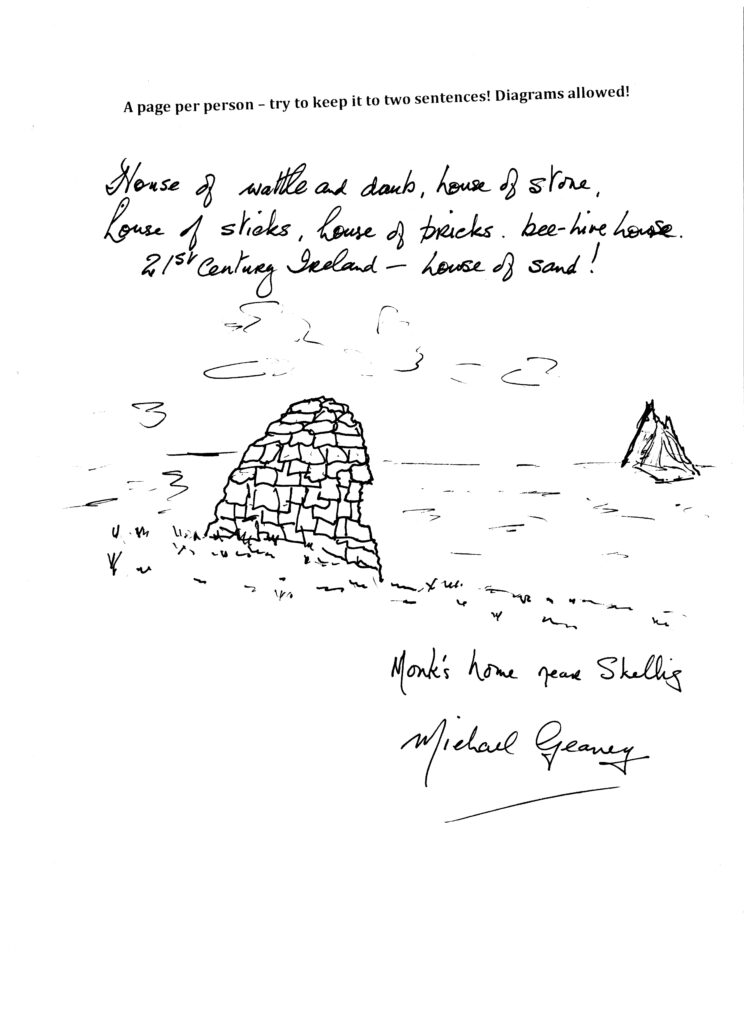 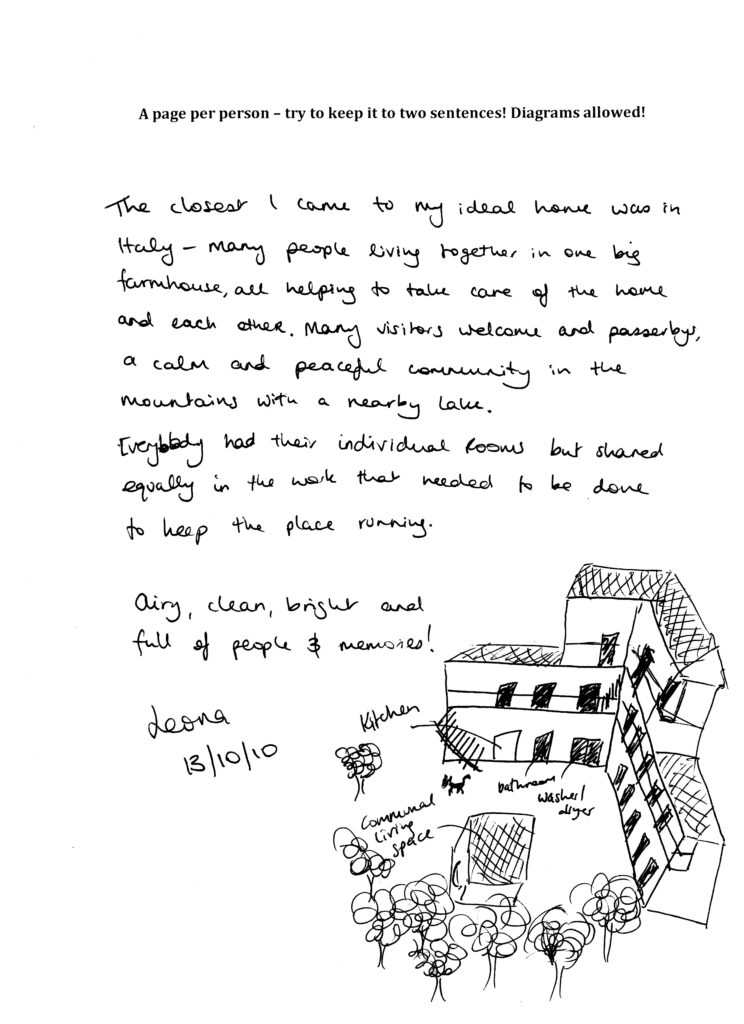 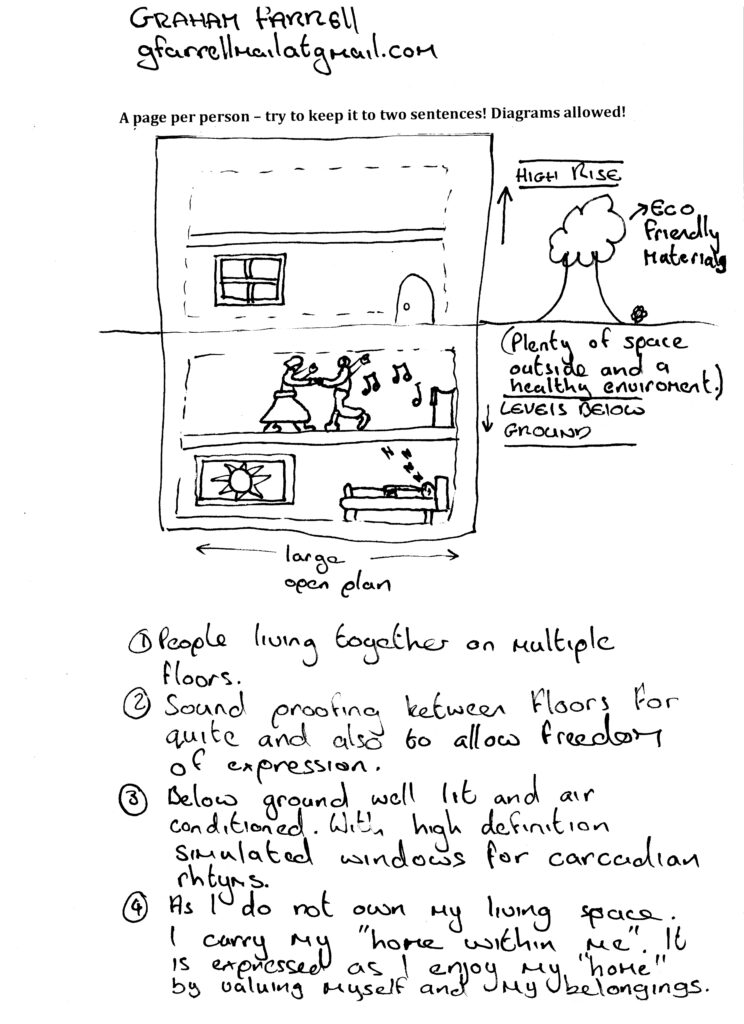 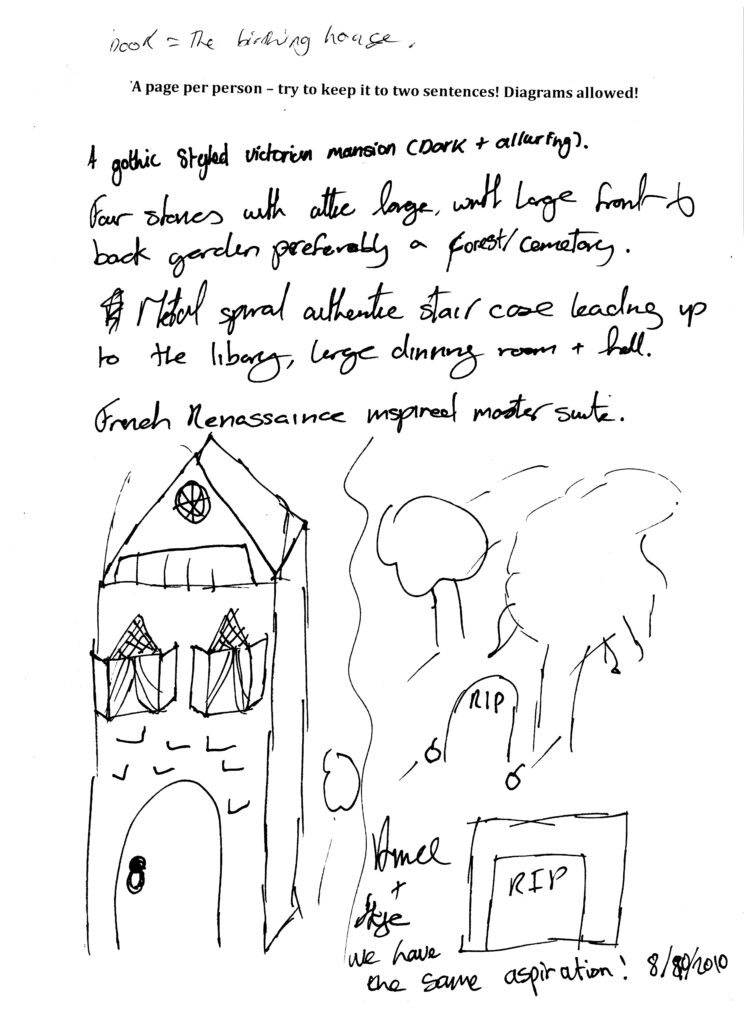 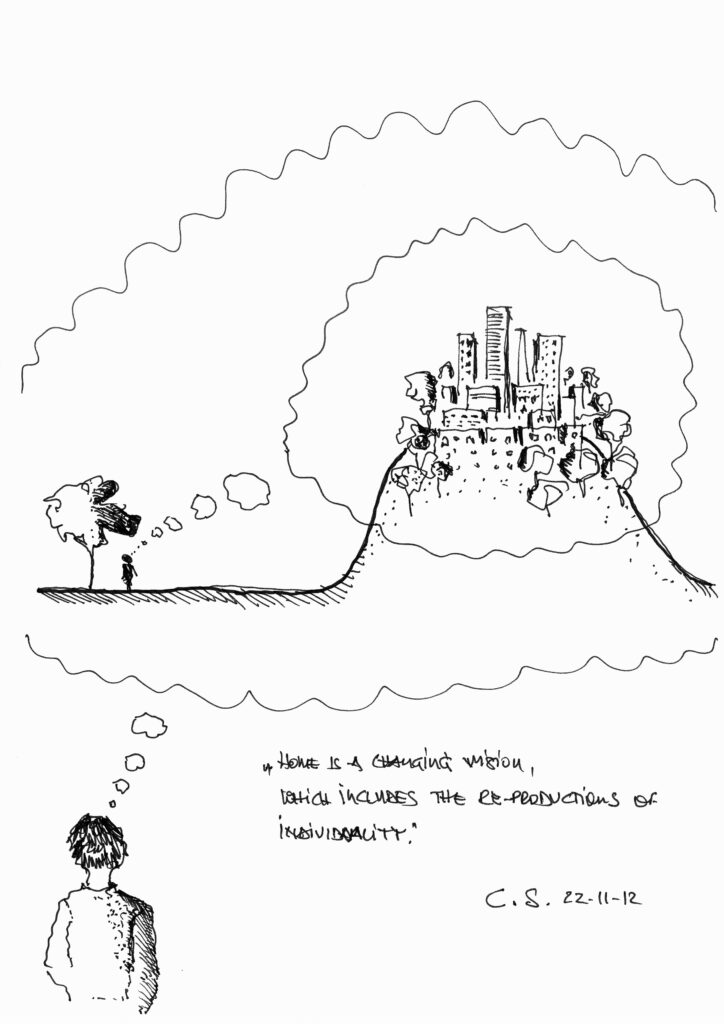 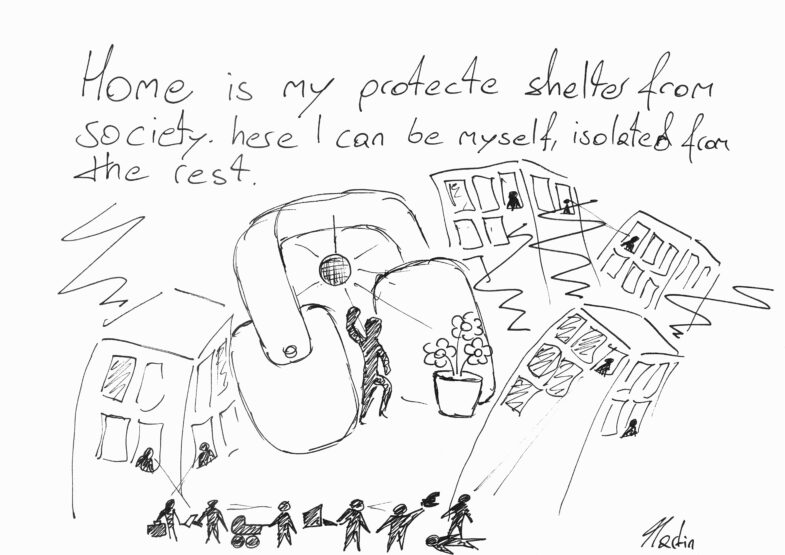 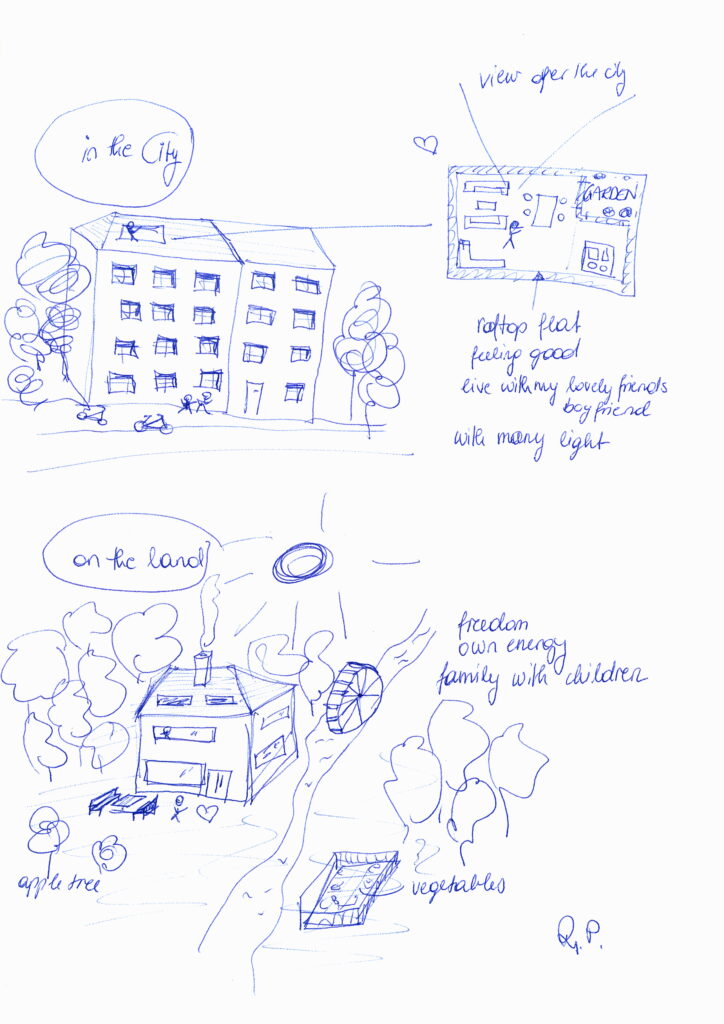 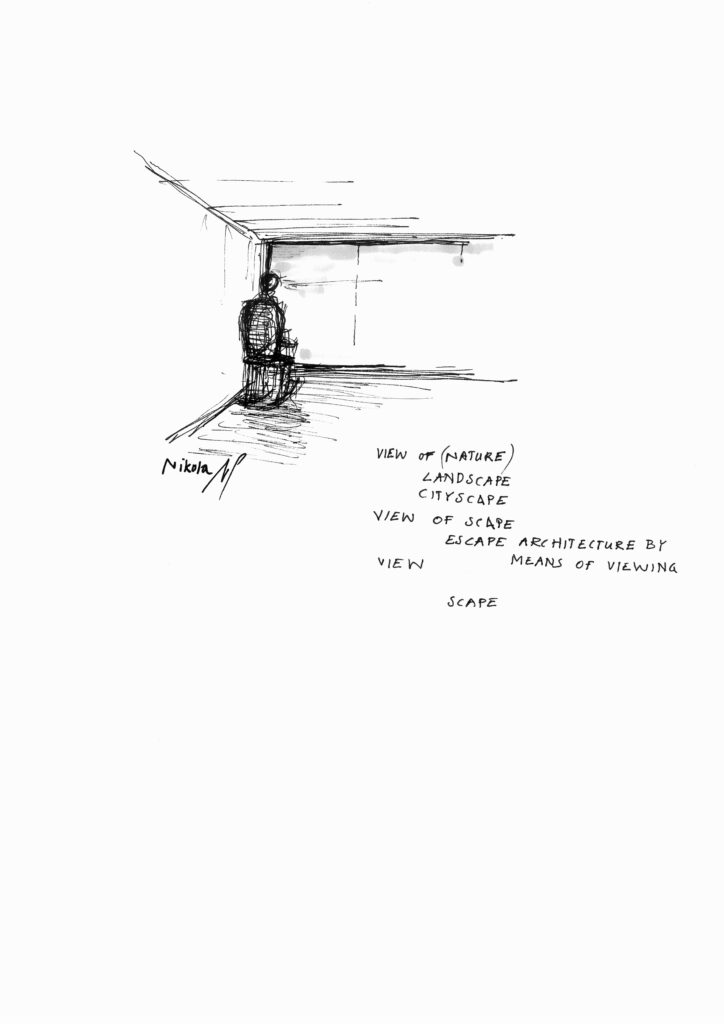 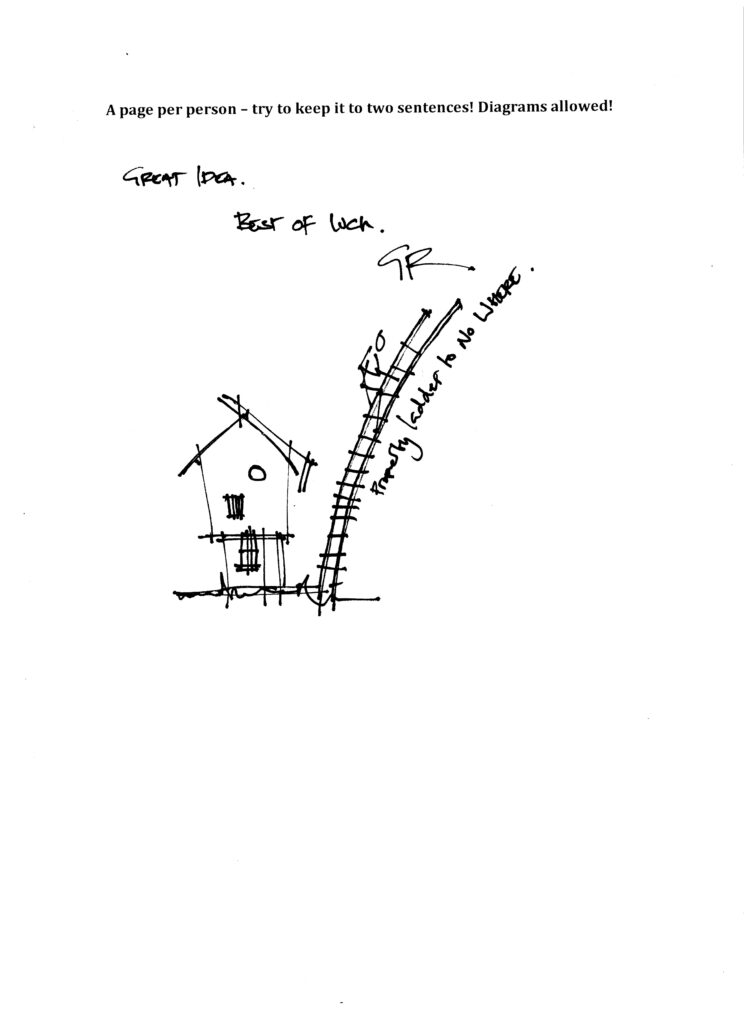 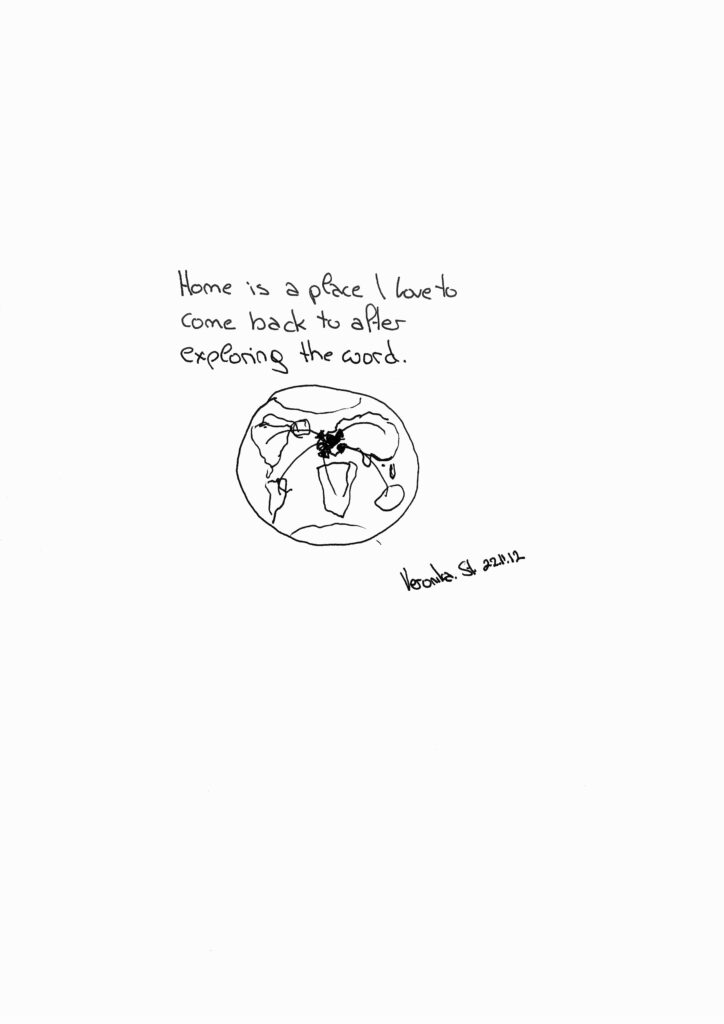 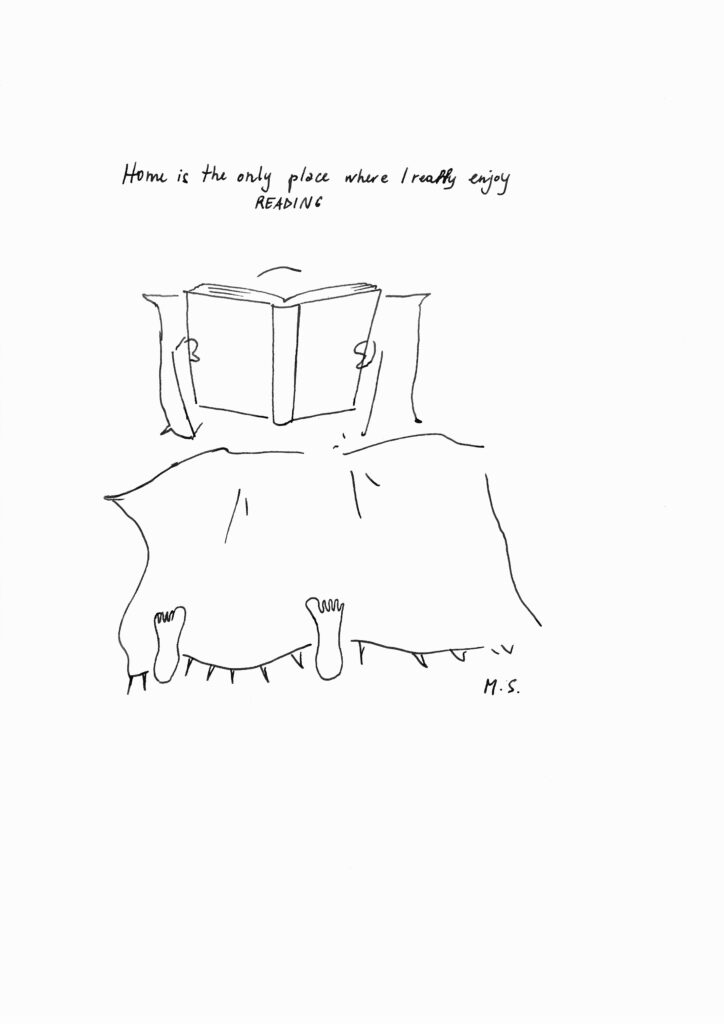 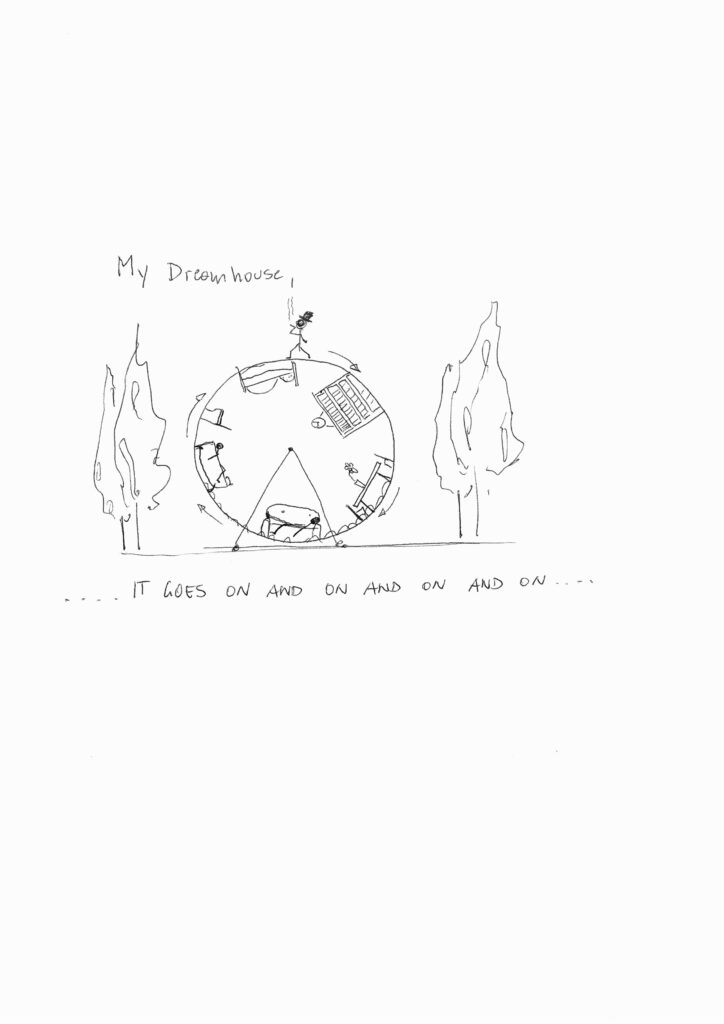 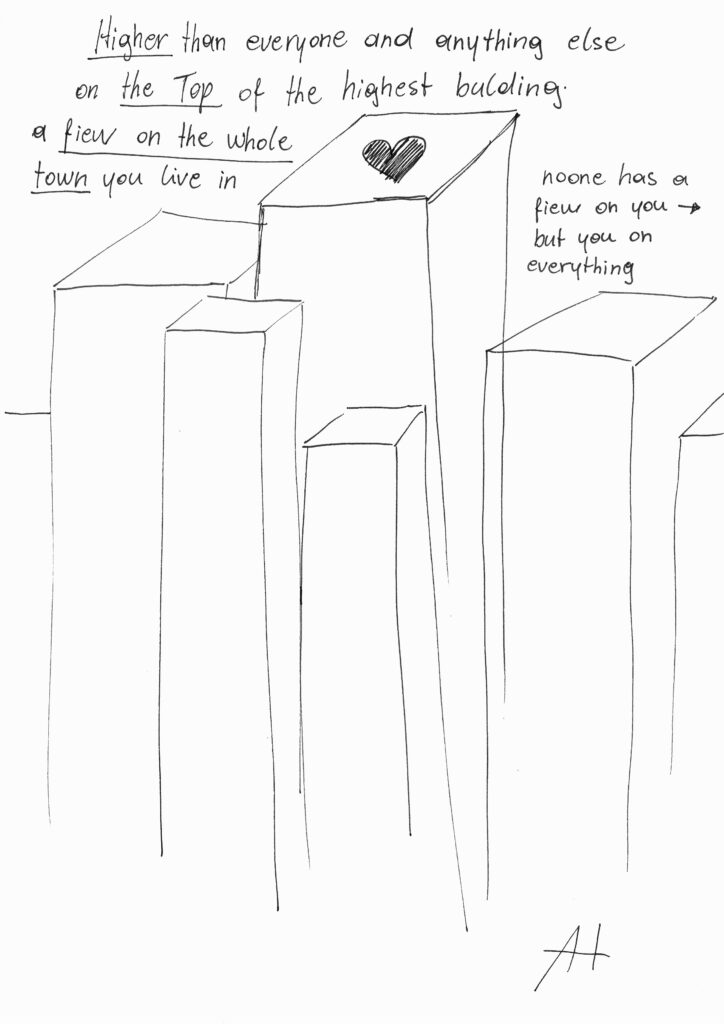 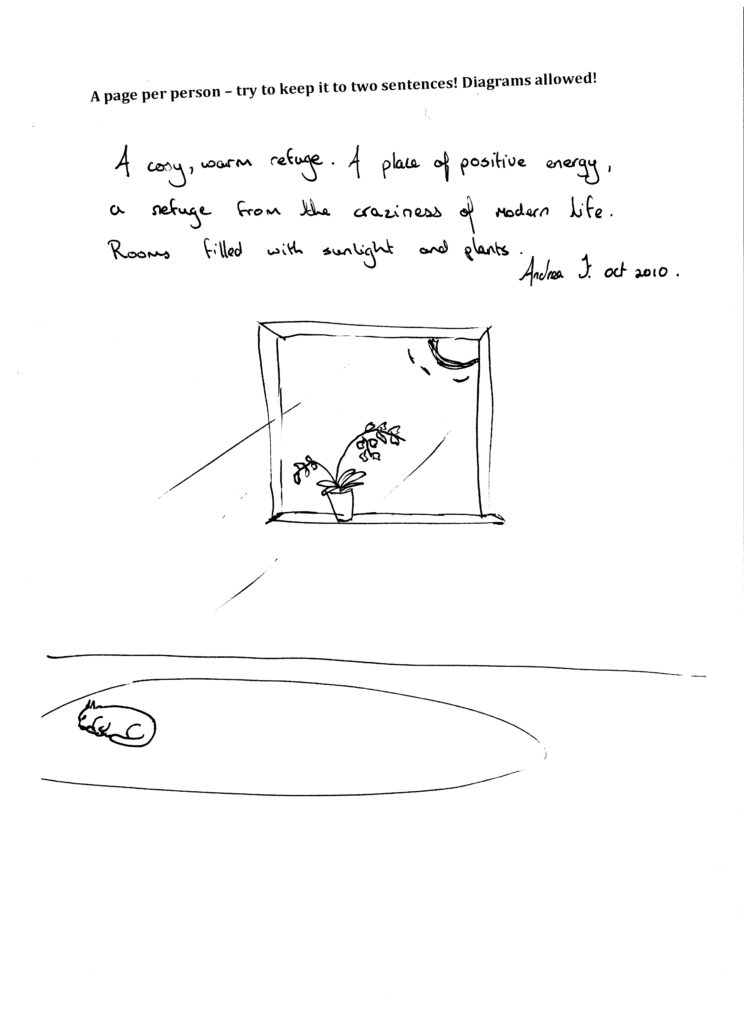 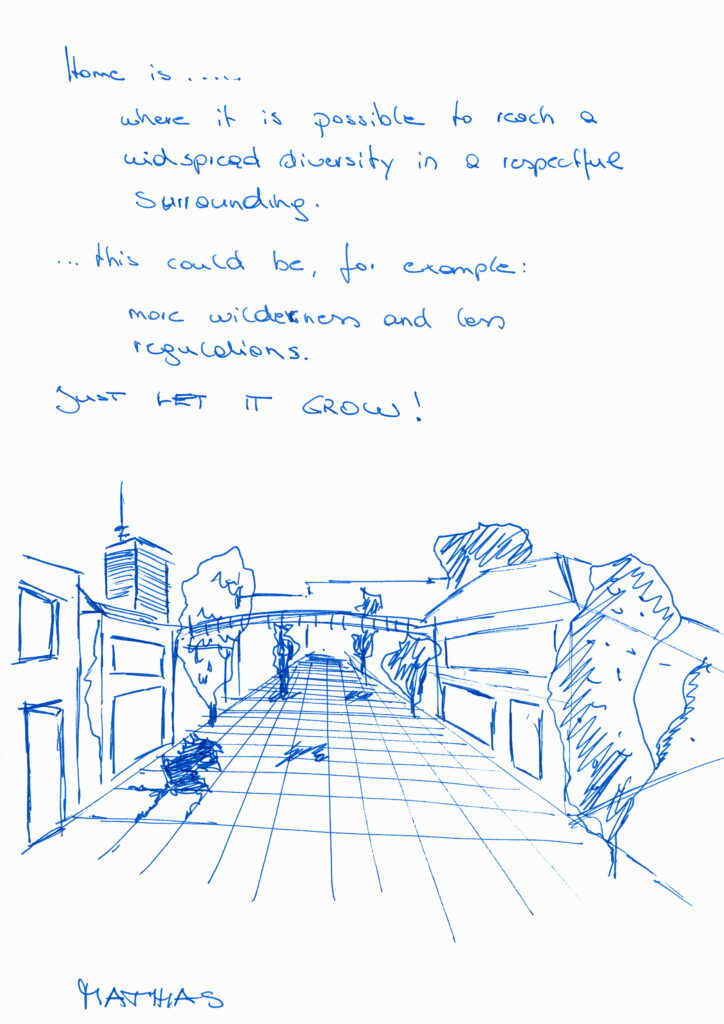 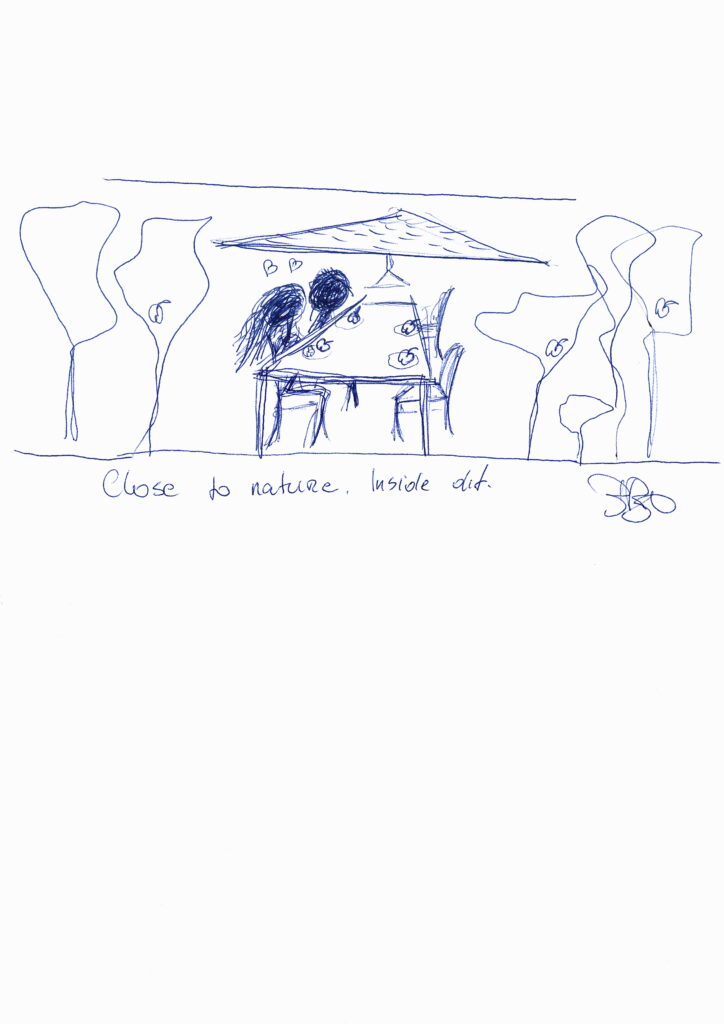 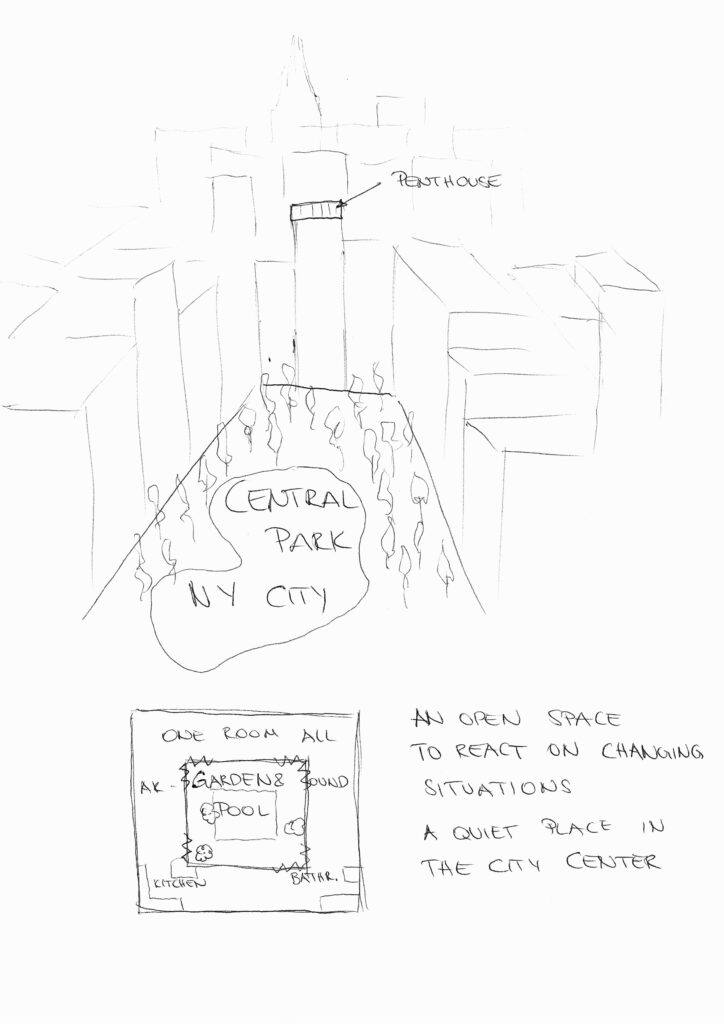 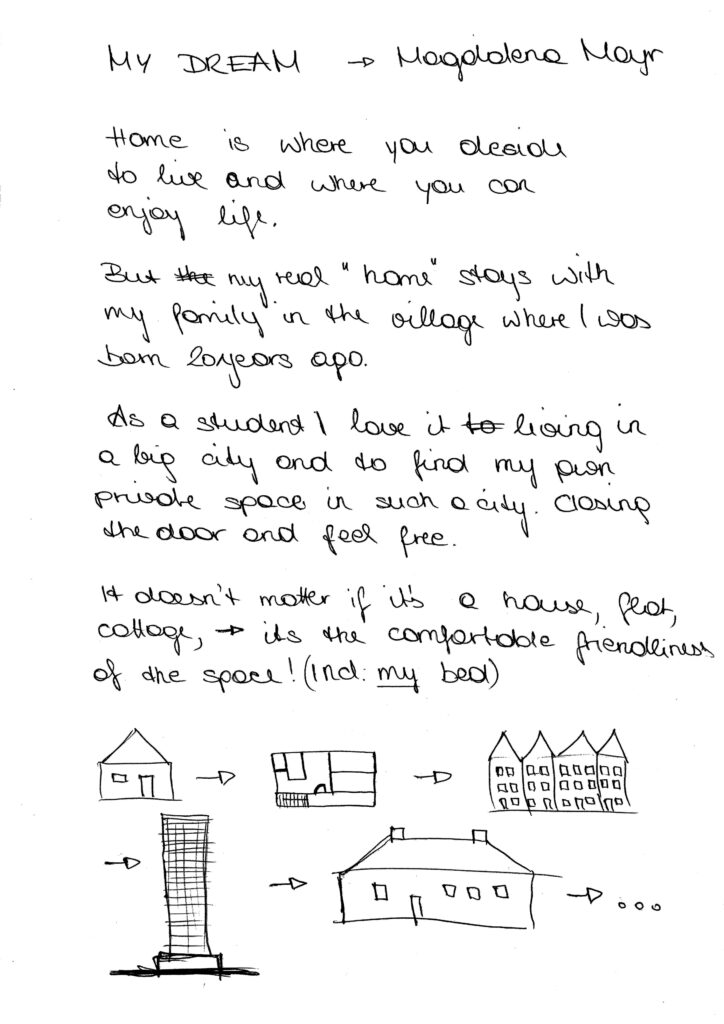 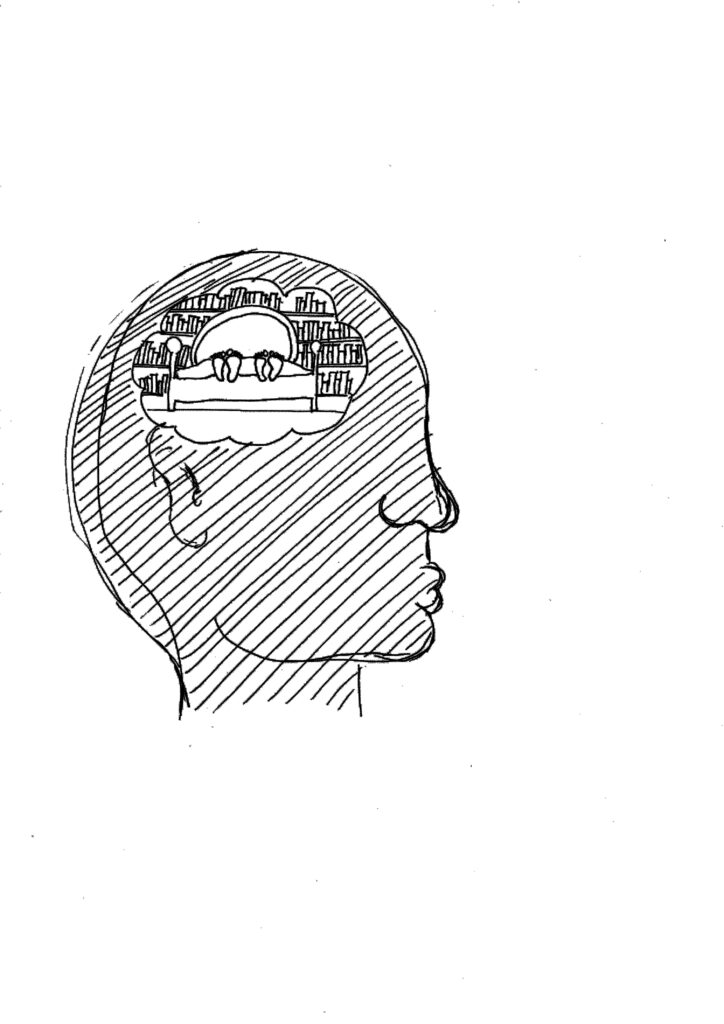 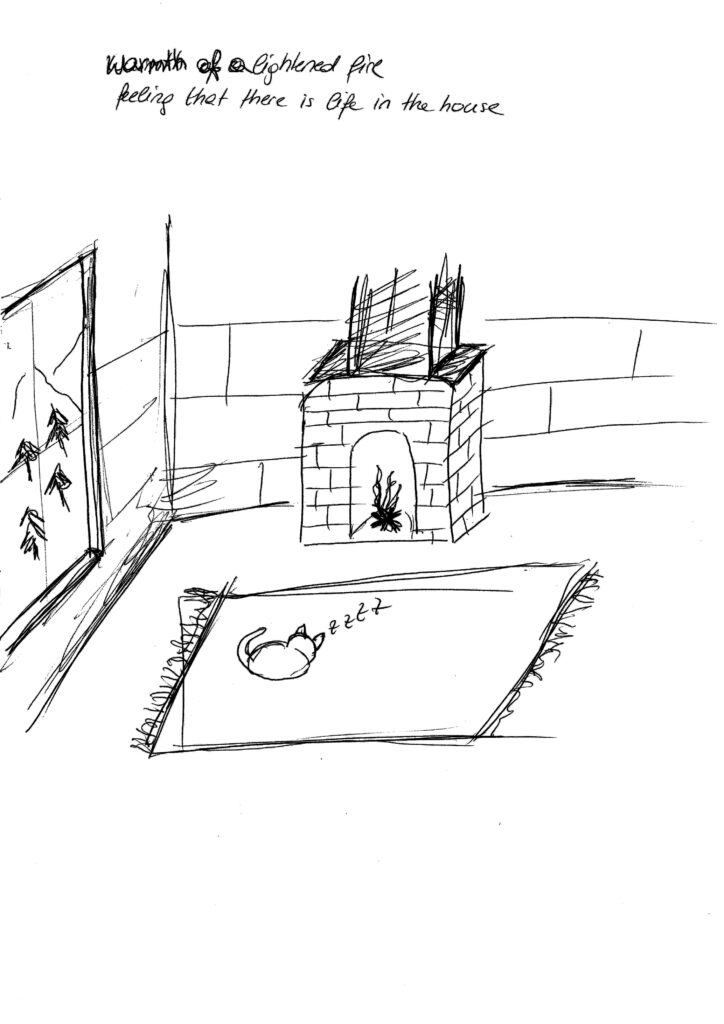 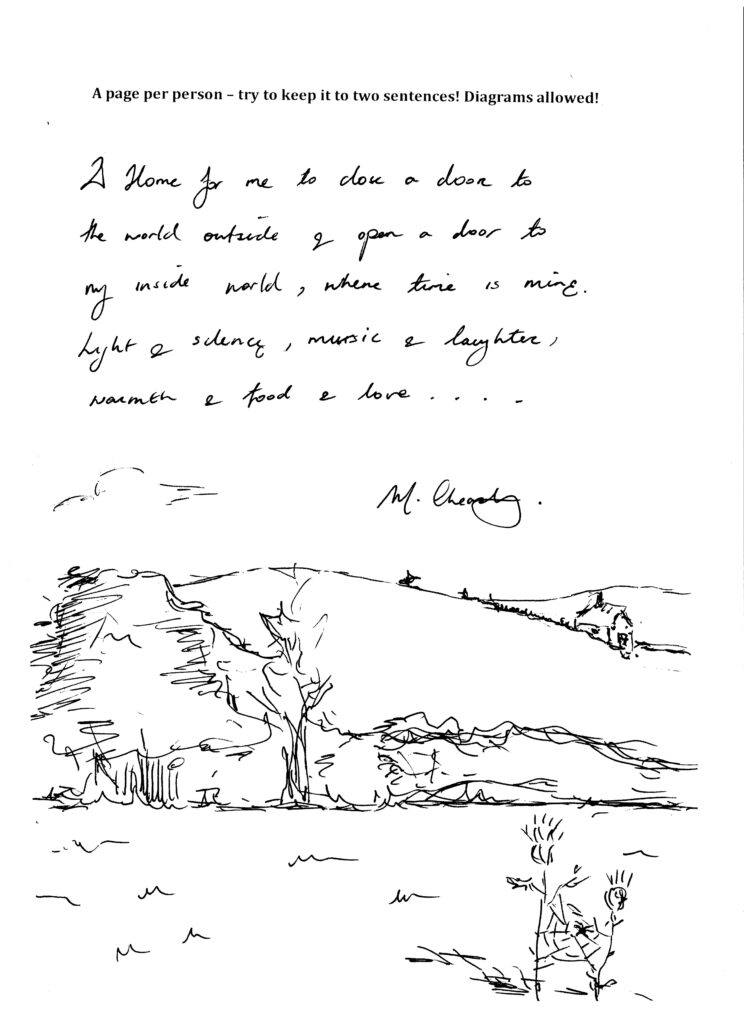 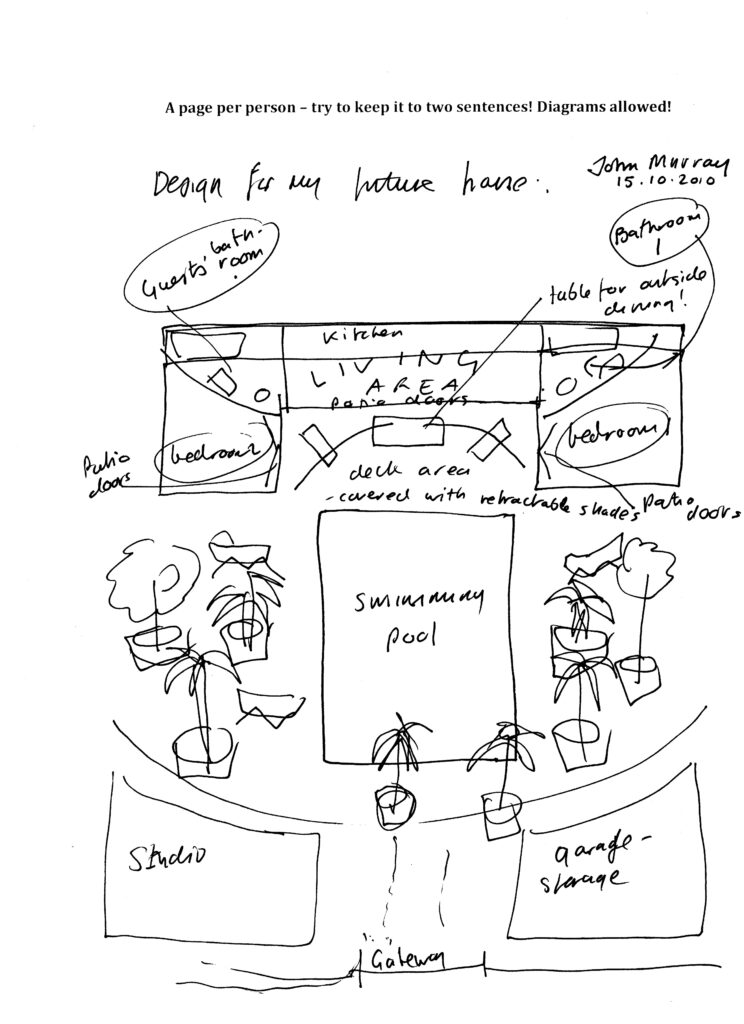 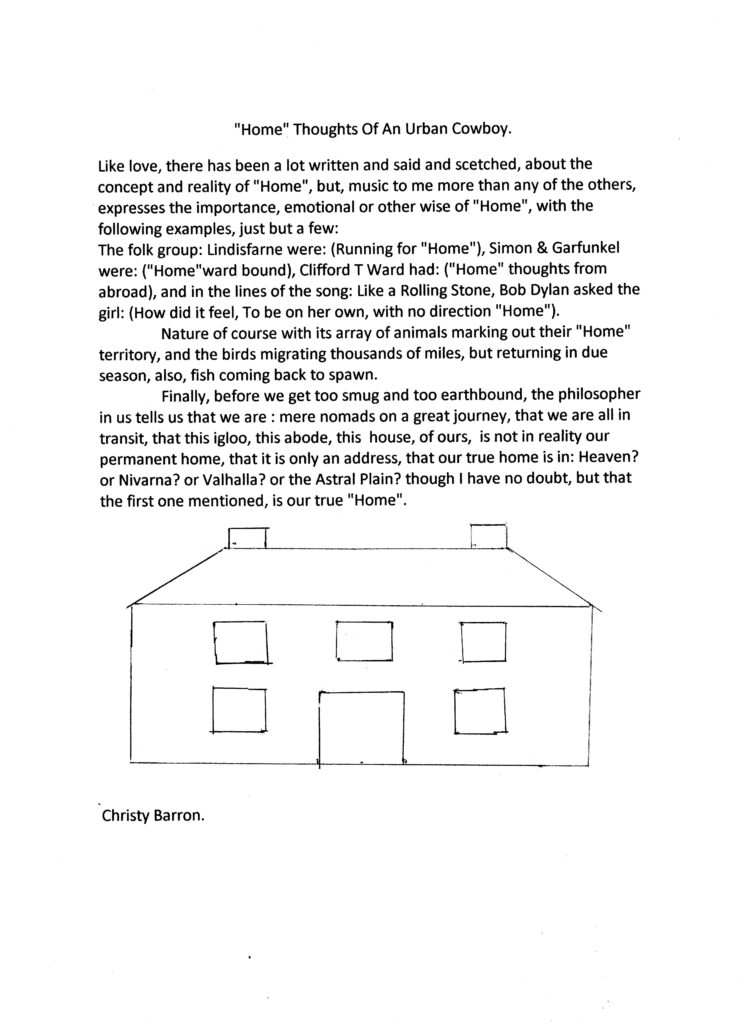 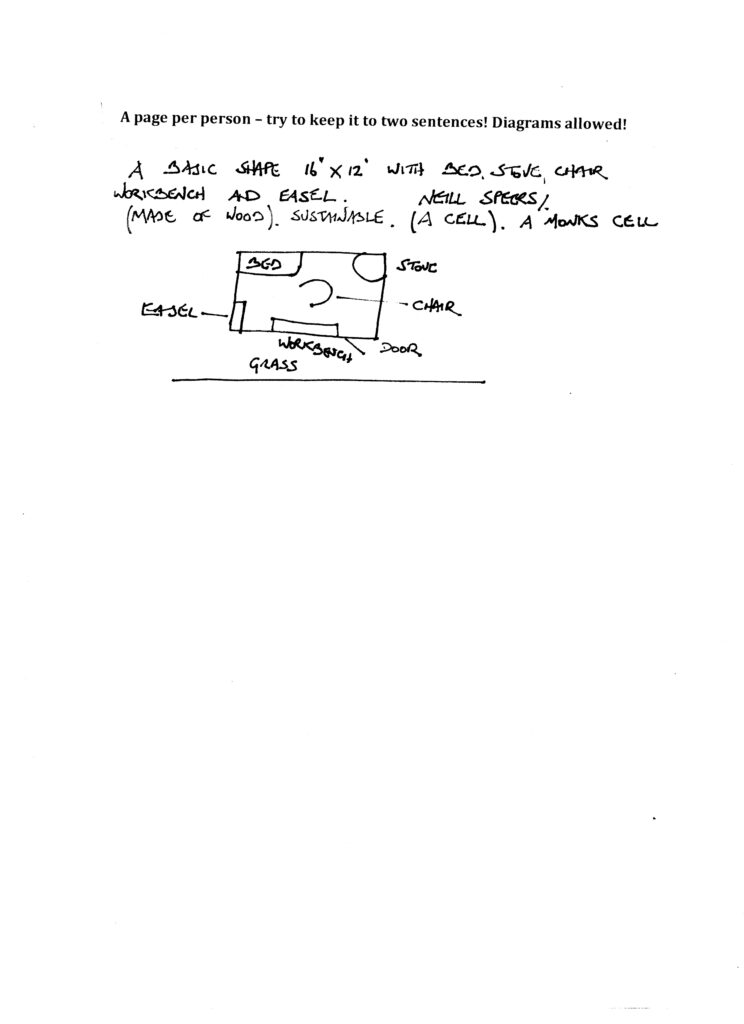 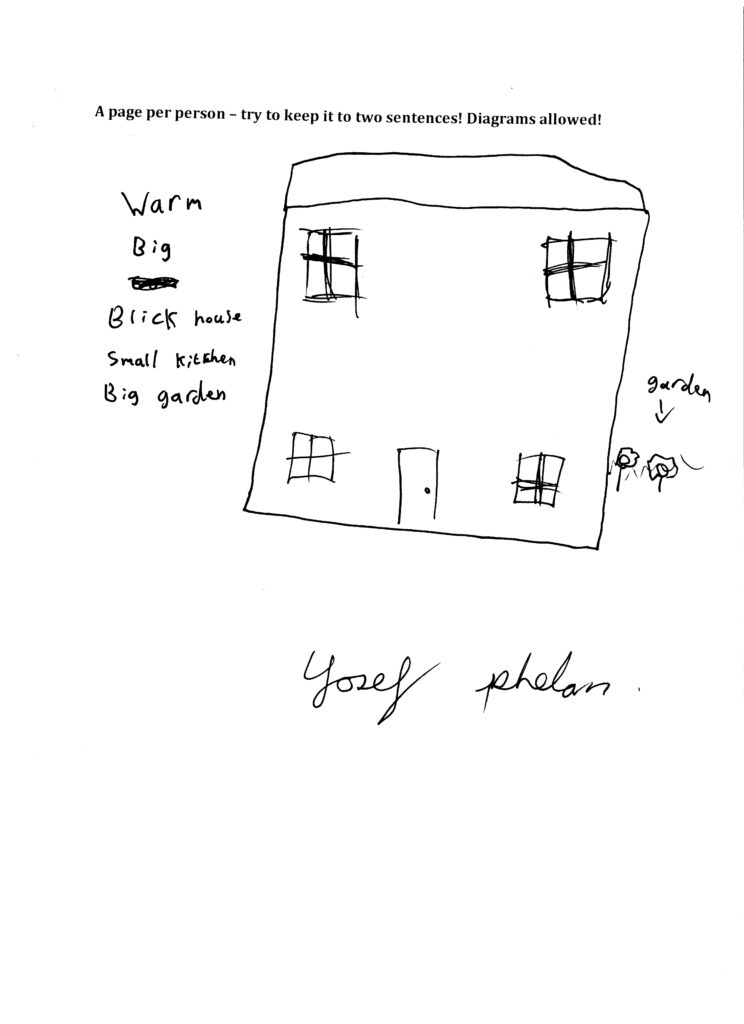 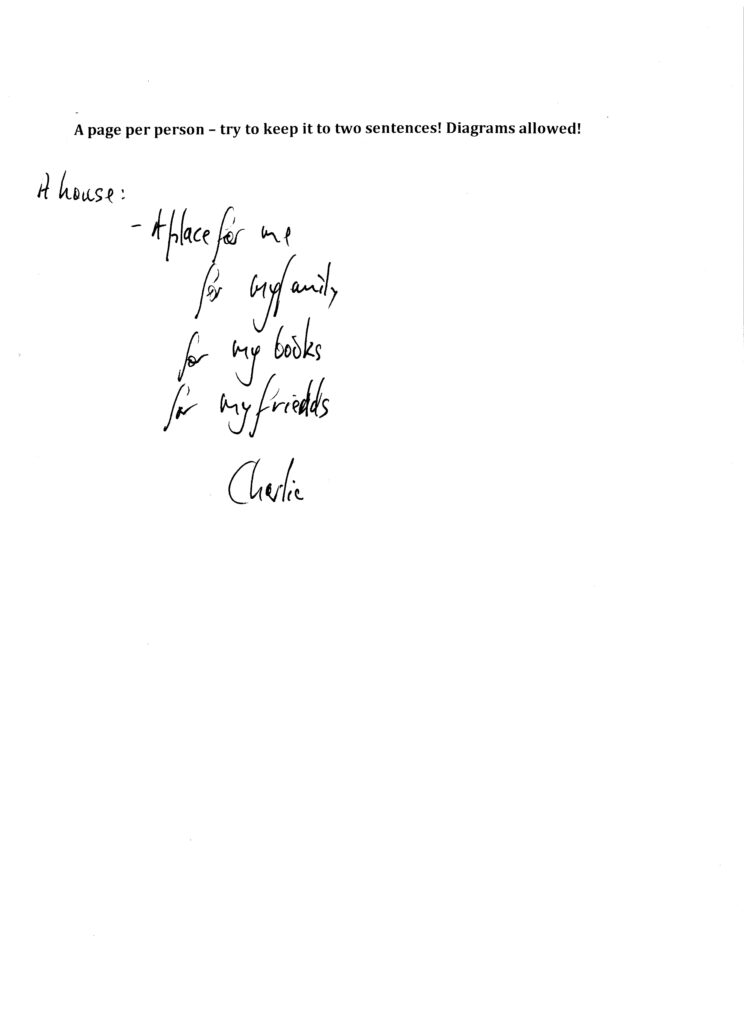  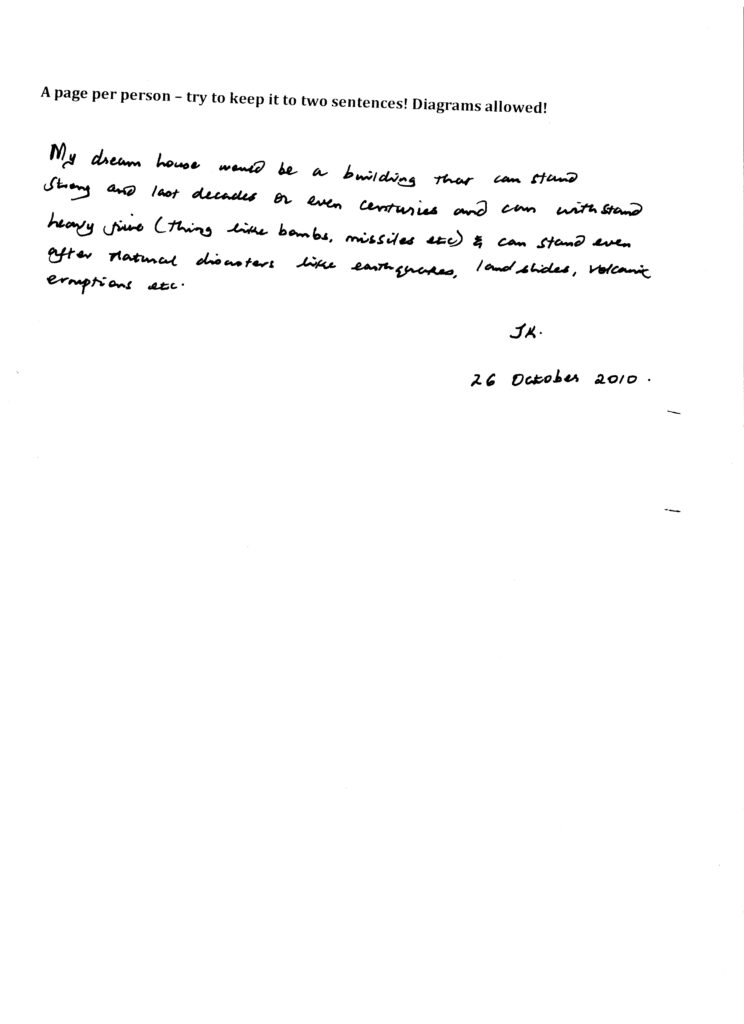 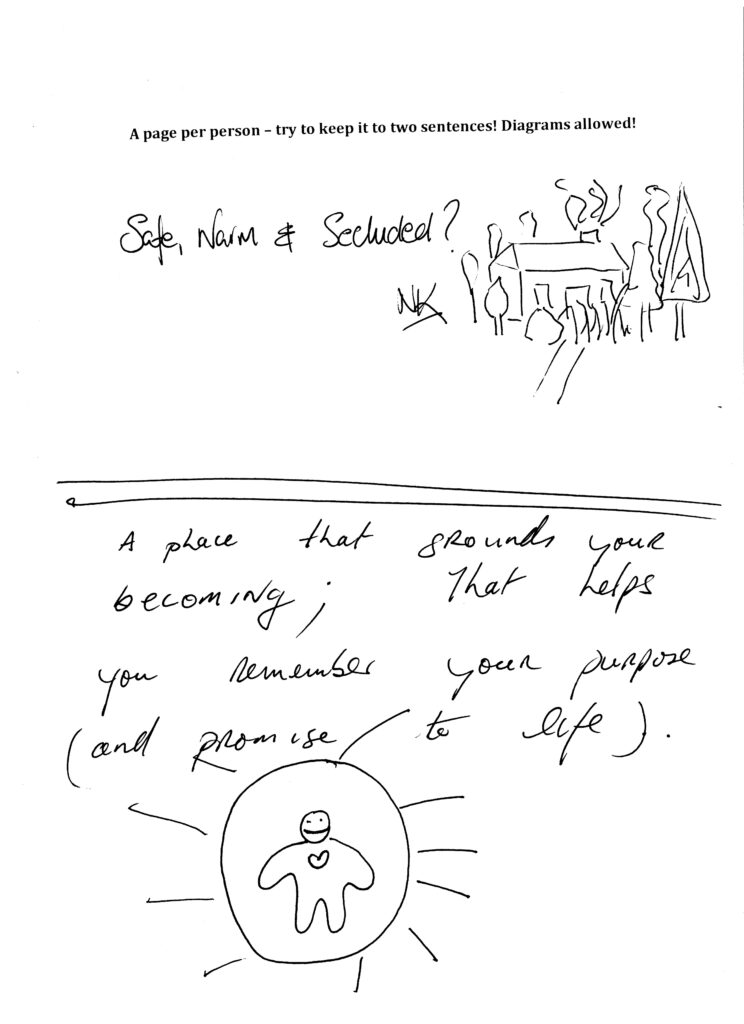 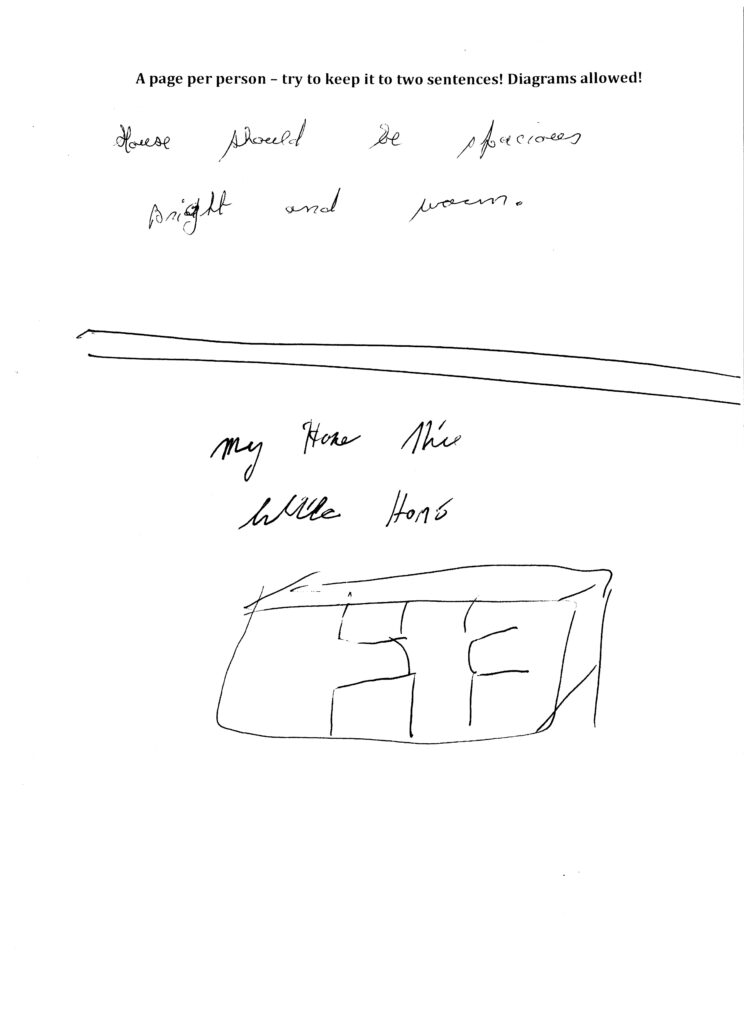 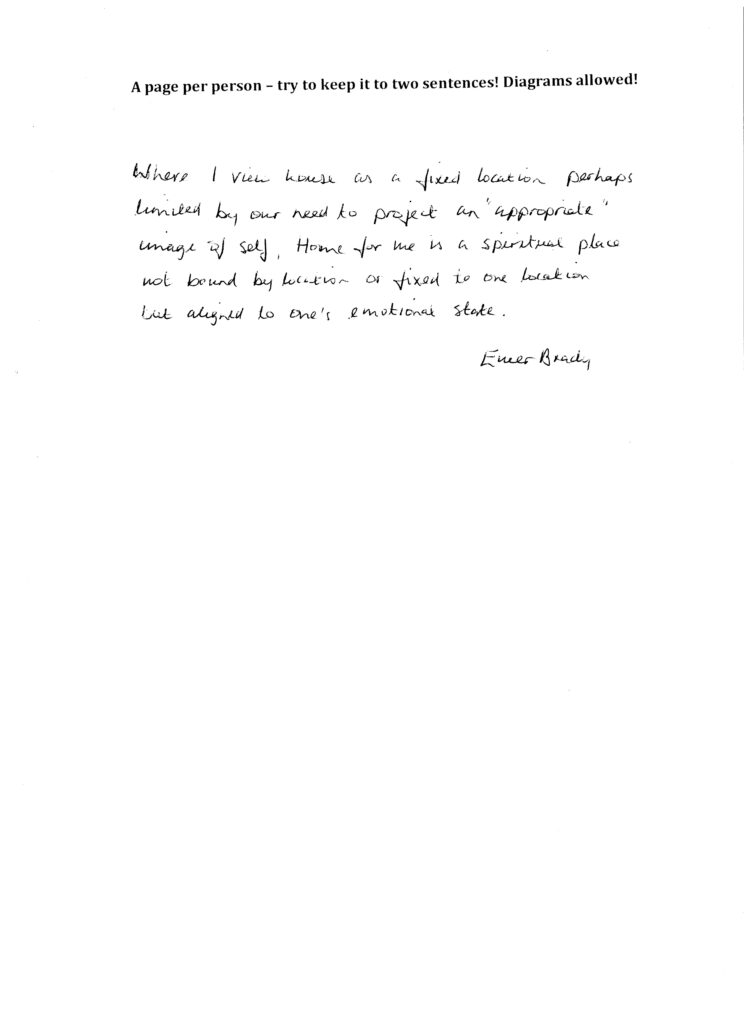 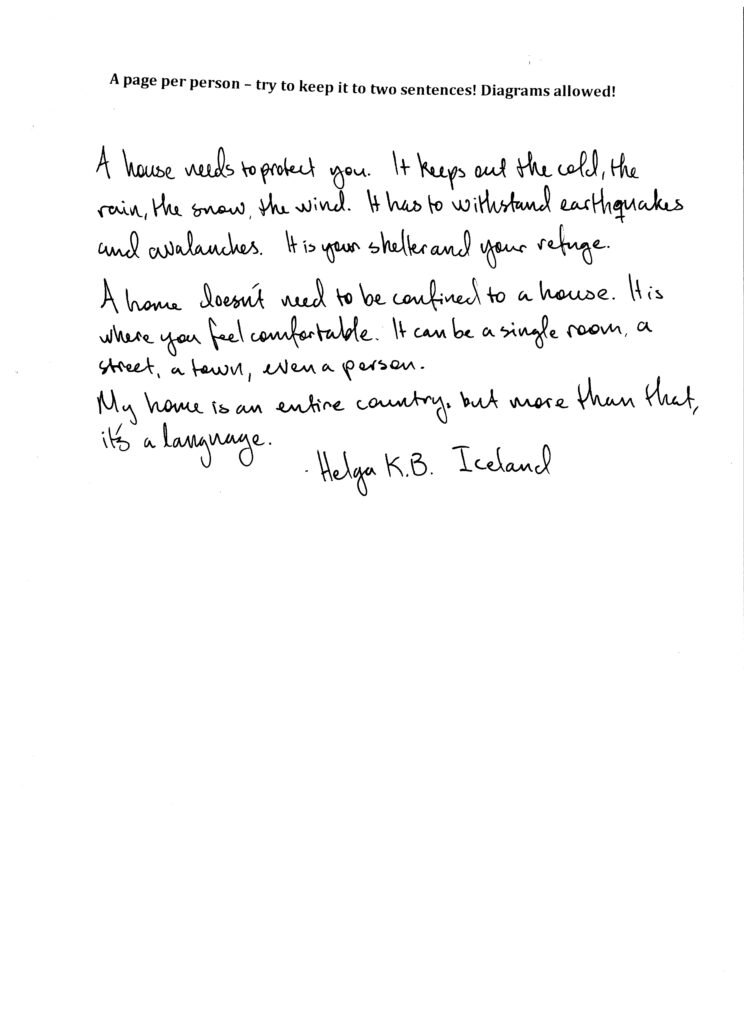 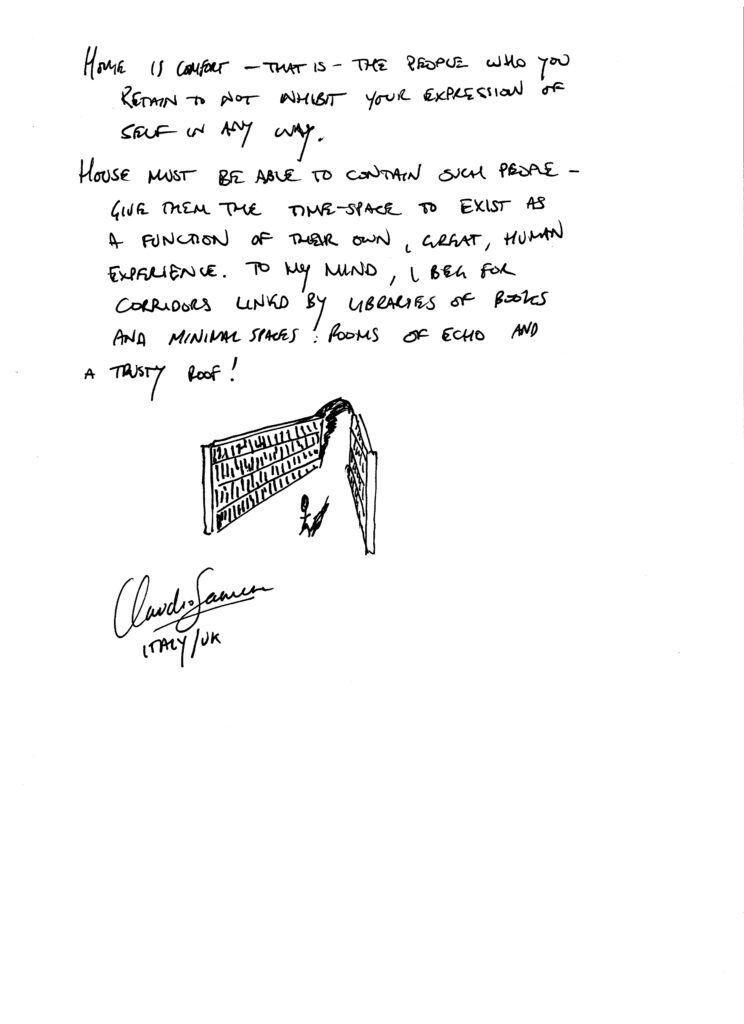 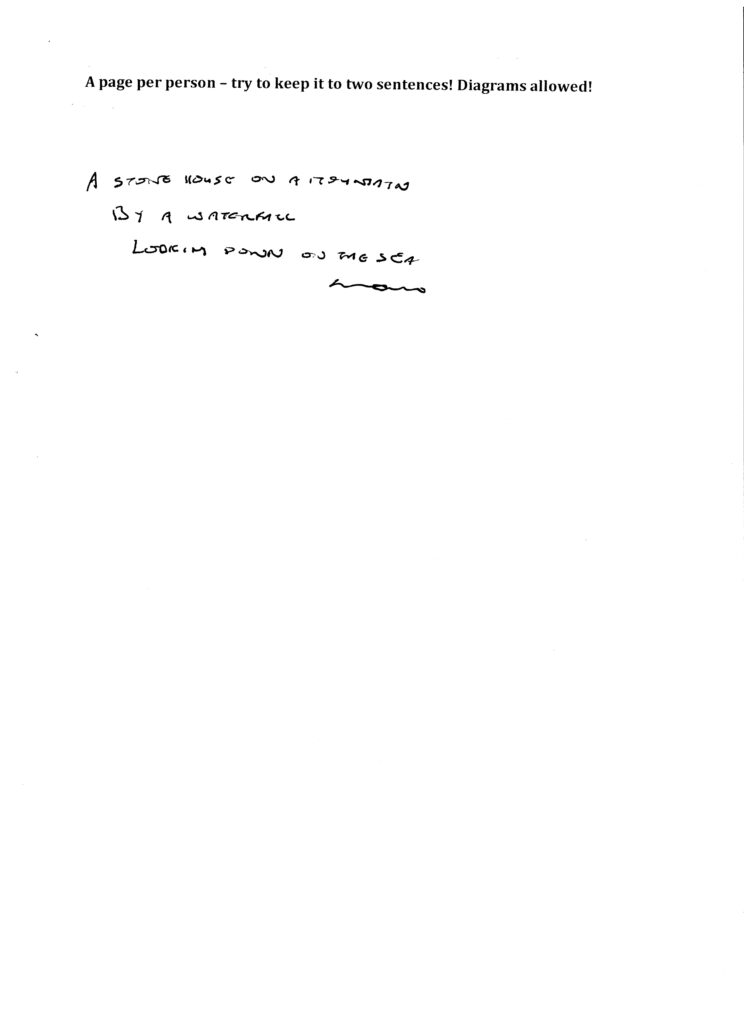 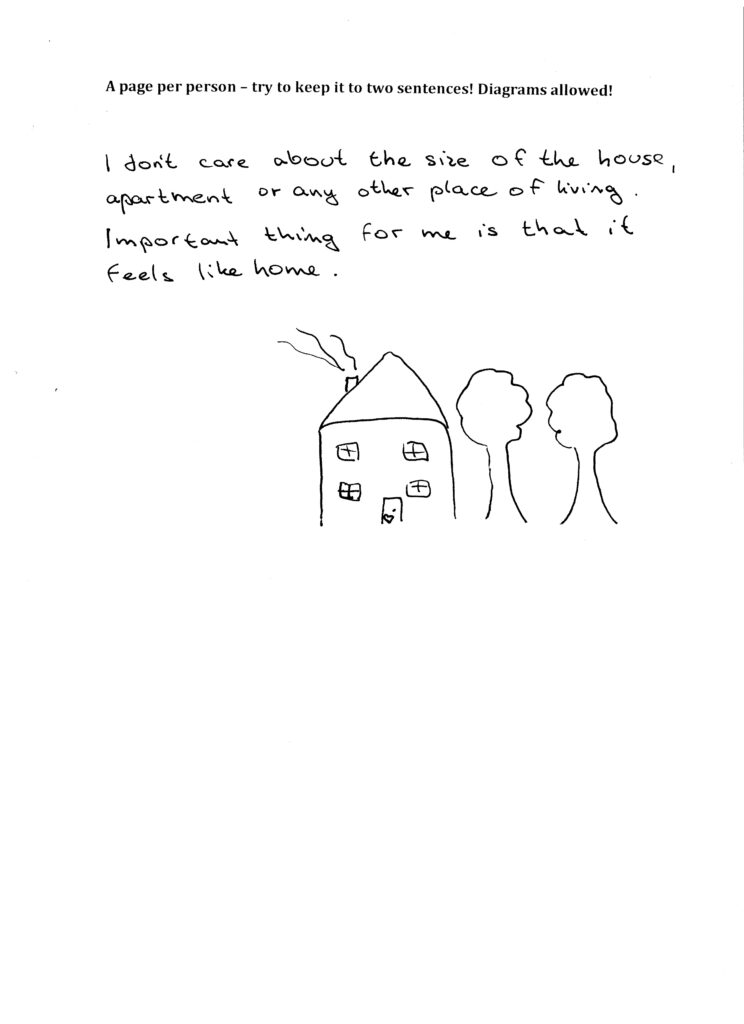 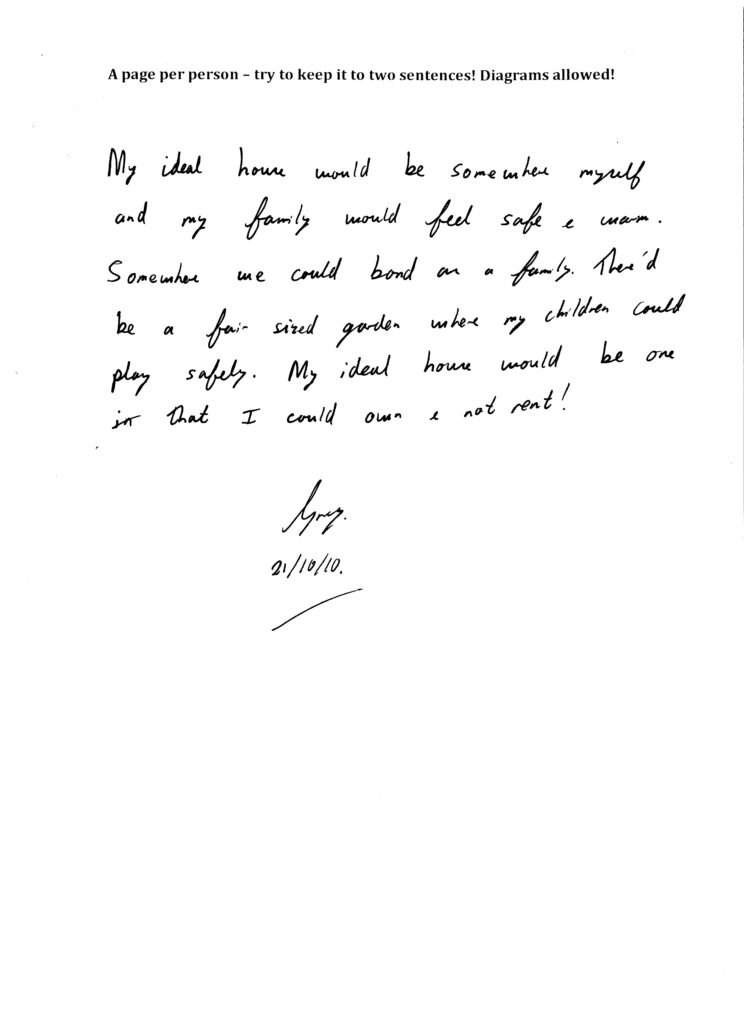 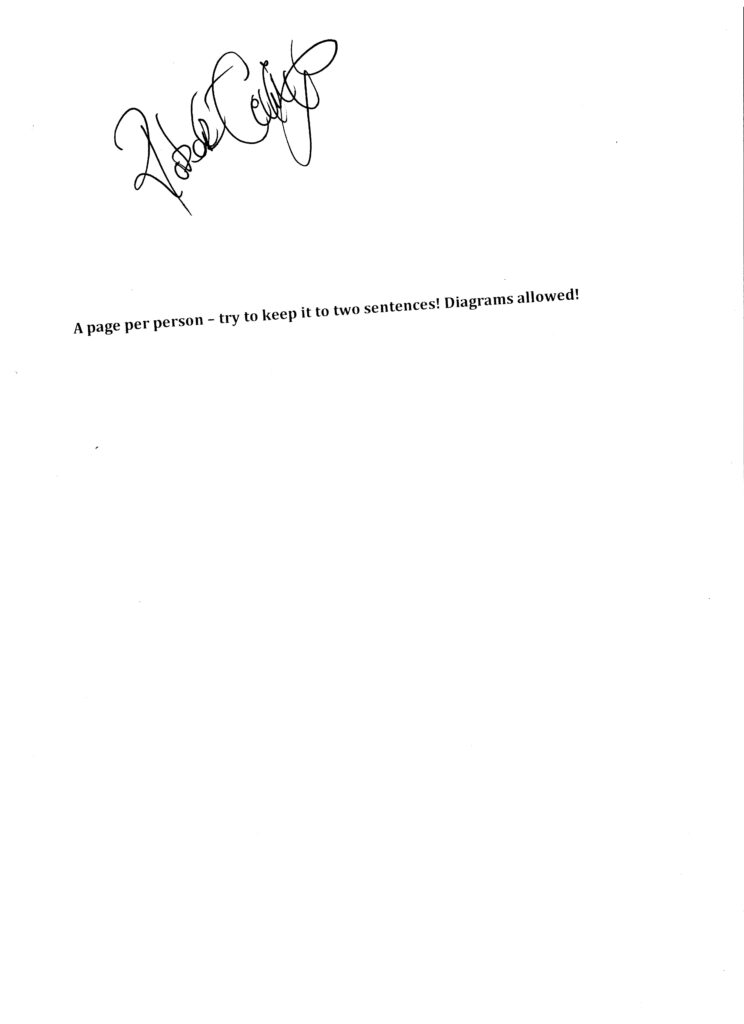 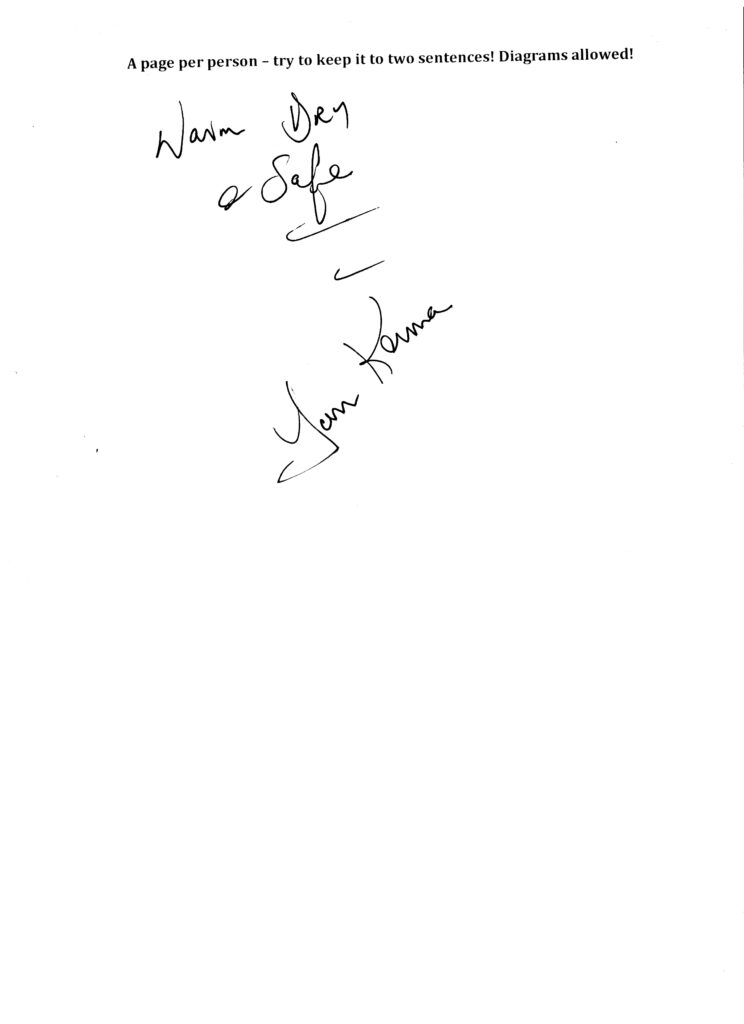 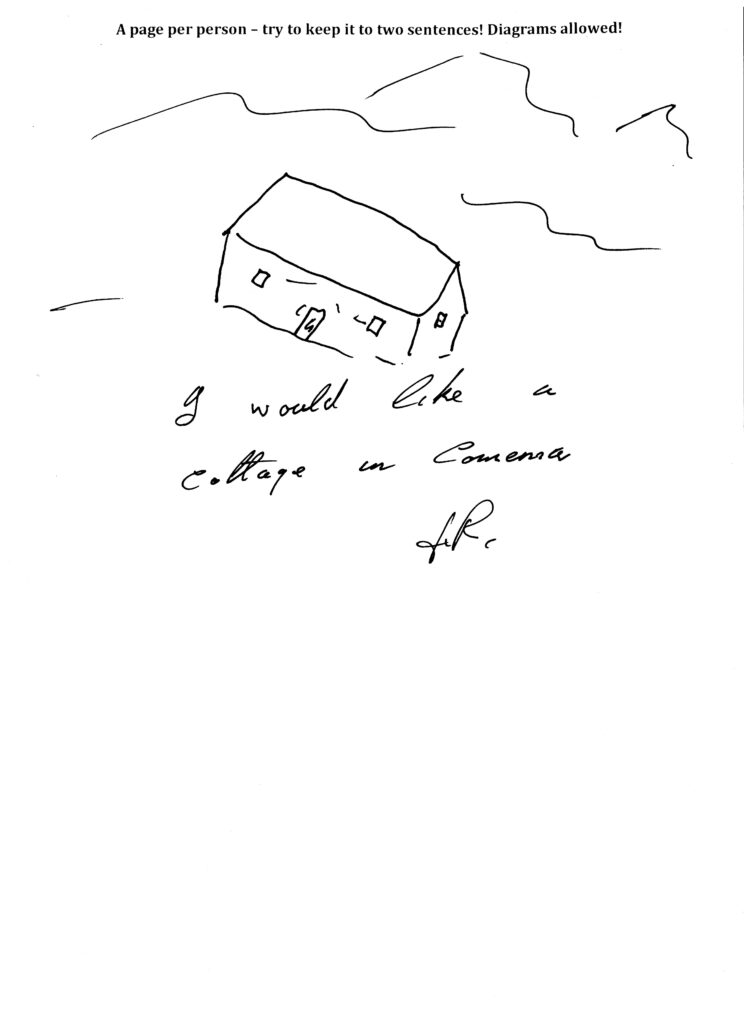 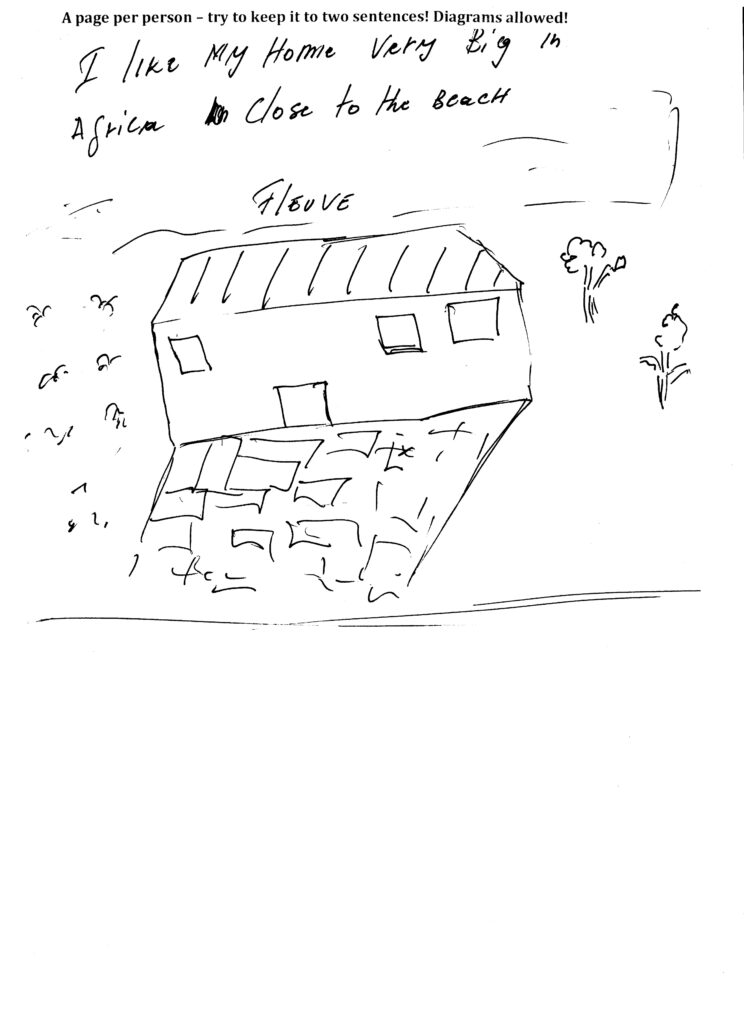 |
